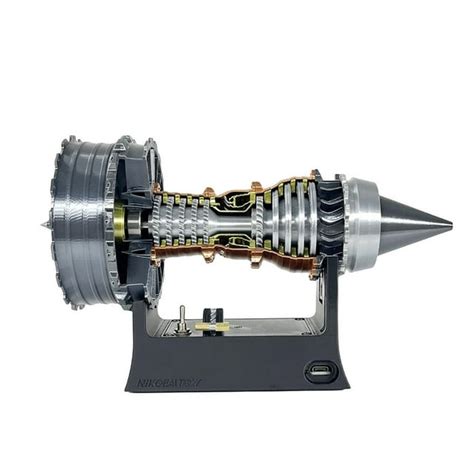It seems that you are asking for a complete guide on understanding the mechanics of an exchange in decentralized financing platforms (DEFI), such as Uniswap, Sushishiswap or Aave. I will provide a high level overview, then we can dive into more specific details if necessary.
What is an exchange?
In Defi, a swap refers to a type of trading mechanism that allows users to exchange a cryptocurrency (active) for another asset using a liquidity pool. This process involves associating assets with different use cases or properties, such as tokenizing assets, the creation of agriculture possibilities or activation of arbitration.
Key components:
- Liquidity pool: A collection of multiple cryptocurrencies that act as guarantee for exchange. Liquidity pools help ensure that users can buy and sell assets in and out of the pool with different liquidity levels.
- Tokenized assets: These are digital representations of physical or real elements, such as art, groups or products. The tokenization allows the DEFI platforms to create new negotiable assets without exchanging them physically.
- Exchange mechanism: The process by which users interact with the platform, buying and selling assets of liquidity pool using other pairs of assets.
- Decentralized Exchange (DEX): A trading platform based on software that facilitates exchanges, trading and other DEFI activities.
How an exchange works:
Here is an example of how an exchange could work:
- Pair of tokens: User has placed 100 USDT (TETHER) in the liquidity pool.
- Pair of tokens: The user B Remove 100 spears of sushi in the same swimming pool.
- Exchange: The DEX performs an exchange of Tusd to shy (a synthetic shiba token).
- Frais: The costs are billed for each exchange, which can vary depending on the platform and the liquidity pool.
Benefits:
- Decentralized nature: Defi platforms operate on blockchain technology, ensuring transparency, security and decentralization.
- Effective liquidity provision: Liquidity pools allow users to buy and sell assets with variable liquidity levels, reduce transaction costs and increase efficiency.
- Generation of elements: Tokenized assets can generate yields by various means, such as interest rates, dividends or investment returns.
Challenges:
- Evolution: DEFI platforms are faced with scalability problems due to the large number of liquidity transactions and pools.
- Regulatory environment: The regulatory environment of DEFI is always evolving and can be unpredictable.
- Security risks: As for any decentralized platform, there are security risks associated with Swaps and the pooling of liquidity.
Conclusion:

DEFI exchanges offer a unique opportunity to create new assets, investment performance and facilitate decentralized trading. However, it is essential to understand the mechanics of these mechanisms, including the use of liquidity pools, tokenization and decentralized exchange protocols. While the DEFI landscape continues to evolve, it is crucial for developers and users to remain informed of the latest trends and challenges of this space.
If you have specific questions or if you want more information on a particular aspect of Swaps in Defi, do not hesitate to ask!
